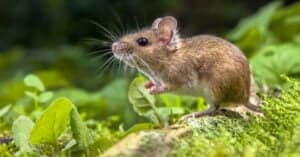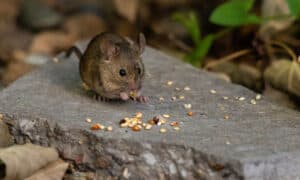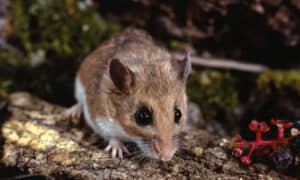Guinea pigs are a type of mammal that is in the order Rodentia and the family Caviidae. They are popular as pets. Like other mammals, they are sexually dimorphic, and the females give birth to live young and feed them with milk from mammary glands. They also have estrous cycles, which are different from periods. Unlike humans, simians and 9 other primate species, 4 bat species, elephant shrews, spiny mice, and dogs, however, they do not have bleeding as in a menstrual cycle.
Read on to learn more about the estrous cycle of female guinea pigs and how it differs from those of the 18 mammal species that menstruate.
Guinea Pig Reproduction
Female guinea pigs can be fertile at 4 weeks old, though they reach sexual maturity at 67 days and males at 56-76 days Sows breed year-round and can give birth to 5 litters in one year, peaking at springtime. Cavy pup newborns are precocial, meaning they are born well-developed, mobile, and able to eat solid food while they are suckling. Sows become fertile 6-48 hours after giving birth.
Gestation lasts anywhere from 59 days (1.9 months) to 72 days (2.4 months), with 63–68 days on average. The litter size is 1 to 6, with an average of 3 and 2 to 4 being common. 9 is the largest recorded litter.
The domestic guinea pig’s scientific name is Cavia porcellus. The closest wild relative or ancestor is the montane guinea pig, Cavia tschudii. The montane guinea pig’s gestation period is 63 days, litter sizes range from one to four, and cavy pups become mature at 2 months. Also closely related are Cavia aperea (wild cavy) and Galea musteloides (yellow-toothed cavy).
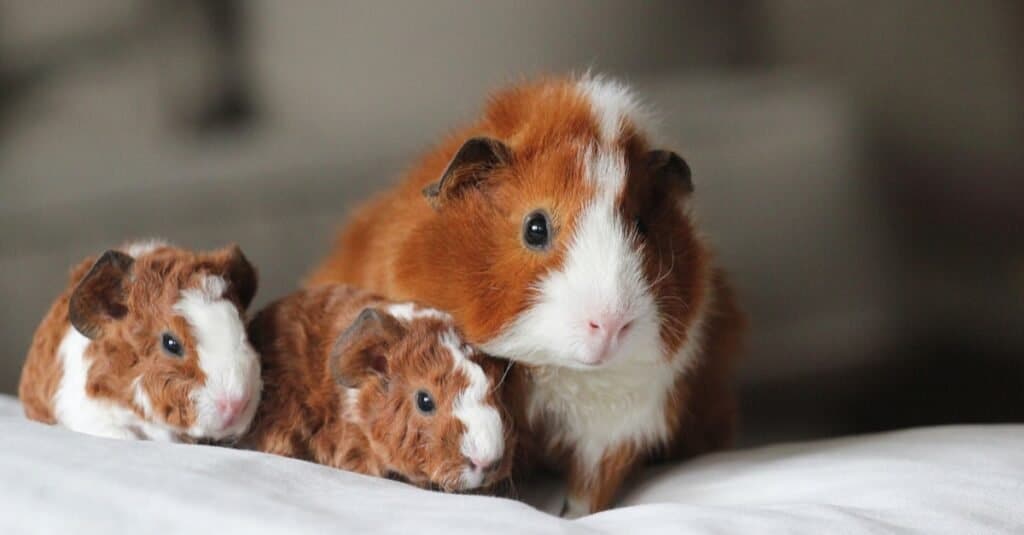
©Naomi Marcin/Shutterstock.com
Female Guinea Pig Estrous Cycle
Female guinea pigs are fertile for 6 to 11 hours, and usually during the night within the 20 hours that ovulation happens. They usually have estrous 3 to 4 times a year. Their estrous cycle lasts about 16 days. It is also known as a period of going into heat, though there is no period or bleeding as with a menstrual cycle, and it occurs spontaneously rather than regularly.
All female mammals have either an estrous cycle or a menstrual cycle. However, even between two closely related rodent species such as the montane guinea pig, the wild cavy, and the yellow-toothed cavy, they have different estrous cycles as well as different social and mating systems. For example, the wild cavy and the montane guinea pig have a long-term polygynous mating system where one male protects several females against other males, but both sexes of the yellow-toothed cavy change between several partners.
Domestic female guinea pigs and wild-toothed cavies have spontaneous heat and ovulation periods, while yellow-toothed cavies have heat periods induced by a male’s presence and spontaneous ovulation afterward. Domestic guinea pigs do not have seasonal mating cycles.
Typical Mammalian Reproduction
Mammals can give birth to either altricial or helpless young and precocious or well-developed ones. It is more common for mammals to give birth to altricial young and several at a time, while precocious young tend to be born with fewer siblings. Giving birth to several young at a time became an evolutionary strategy for most mammals, who could increase their altricial offspring’s chances of survival by having high numbers of them.
Typical Mammalian Estrous Cycle
The stages of the typical mammalian estrous cycle are the following:
- Proestrus is when the endometrium and ovarian follicles start developing. This is also when female mammals that have a menstrual cycle or period, such as dogs, experience bleeding or a pink discharge.
- Estrus is known as the “in heat” period, with increased receptivity to a male. Females only secrete pheremones at this stage.
- Metestrus is when the corpus luteum forms and there is no mating.
- Diestrus is when the corpus luteum is fully functional and blood concentration of progesterone increases.
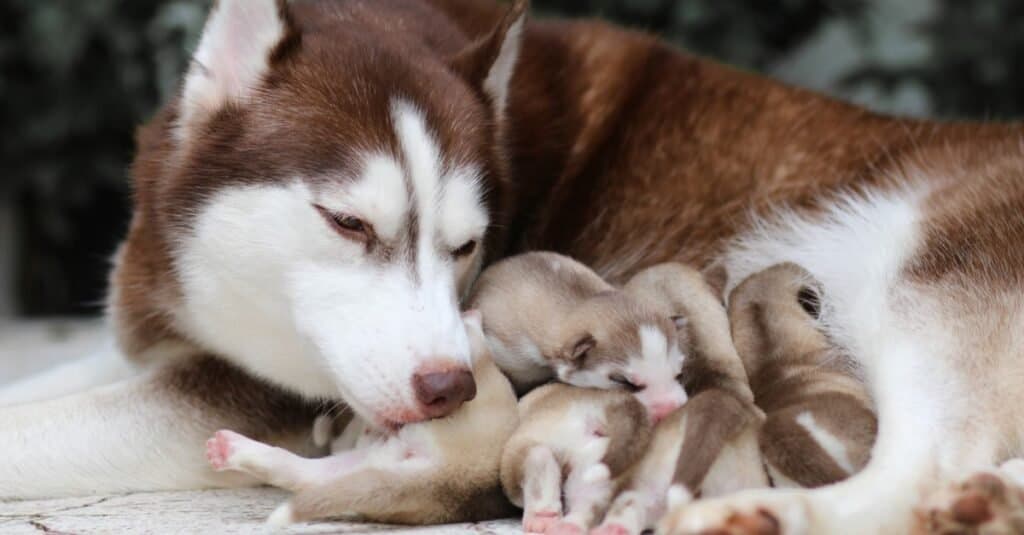
©framsook/Shutterstock.com
Why Did Some Female Mammals Develop Menstruation?
The 18 female mammal species that have a menstrual cycle or a period do not have an estrous cycle like those of most other mammals. But humans are even different from other mammals that give birth to altricial young because they don’t give birth in litters. These fewer numbers of young usually ranging from one to two at a time along with the young’s large size, make them secondarily altricial and more like precocial species. The rapid development and large size of the human young do not reflect an equal level of maturity, and so they remain helpless at birth.
Like the other female mammals that have bleeding during their menstrual cycle or period, humans have a hemochorial placenta. This type of placenta allows for the birth of fewer offspring with a higher chance of survival, and it also allows the young direct access to the mother’s blood supply. The endometrium for these mammals evolved to become thick and tough, and so do not allow for placental implantation of weak or non-viable embryos.
As a result, it became necessary to slough off the entire superficial layer of the endometrium whenever successful fertilization and a healthy embryo did not happen after ovulation. Therefore, period bleeding became an evolutionary strategy to suit the unique hemochorial placenta.
Mammals with an estrous rather than a menstrual cycle simply reabsorb the endometrium after unsuccessful fertilization. Species such as dogs have a hemochorial placenta and bleeding which is the equivalent of a menstrual cycle such as in humans, but the stages of their periods follow the typical estrous cycle and do not regularly occur once a month, but two to four times a year.
Female guinea pigs have estrous cycles in which they go into heat several times a year for several days, with different stages. However, they don’t experience bleeding or periods as in a menstrual cycle. While they are in heat, they are fertile and go through spontaneous ovulation. This type of estrous cycle is typical for most mammals.
Up Next:
- 10 Birds That Mate For Life
- Guinea Pig as a Pet: How to Care for Your Guinea Pig
- Pet Rodent Guide: What You Need to Know
- Discover the 4 Animals Species That Have Periods
The photo featured at the top of this post is © Tettania/Shutterstock.com
Thank you for reading! Have some feedback for us? Contact the AZ Animals editorial team.



